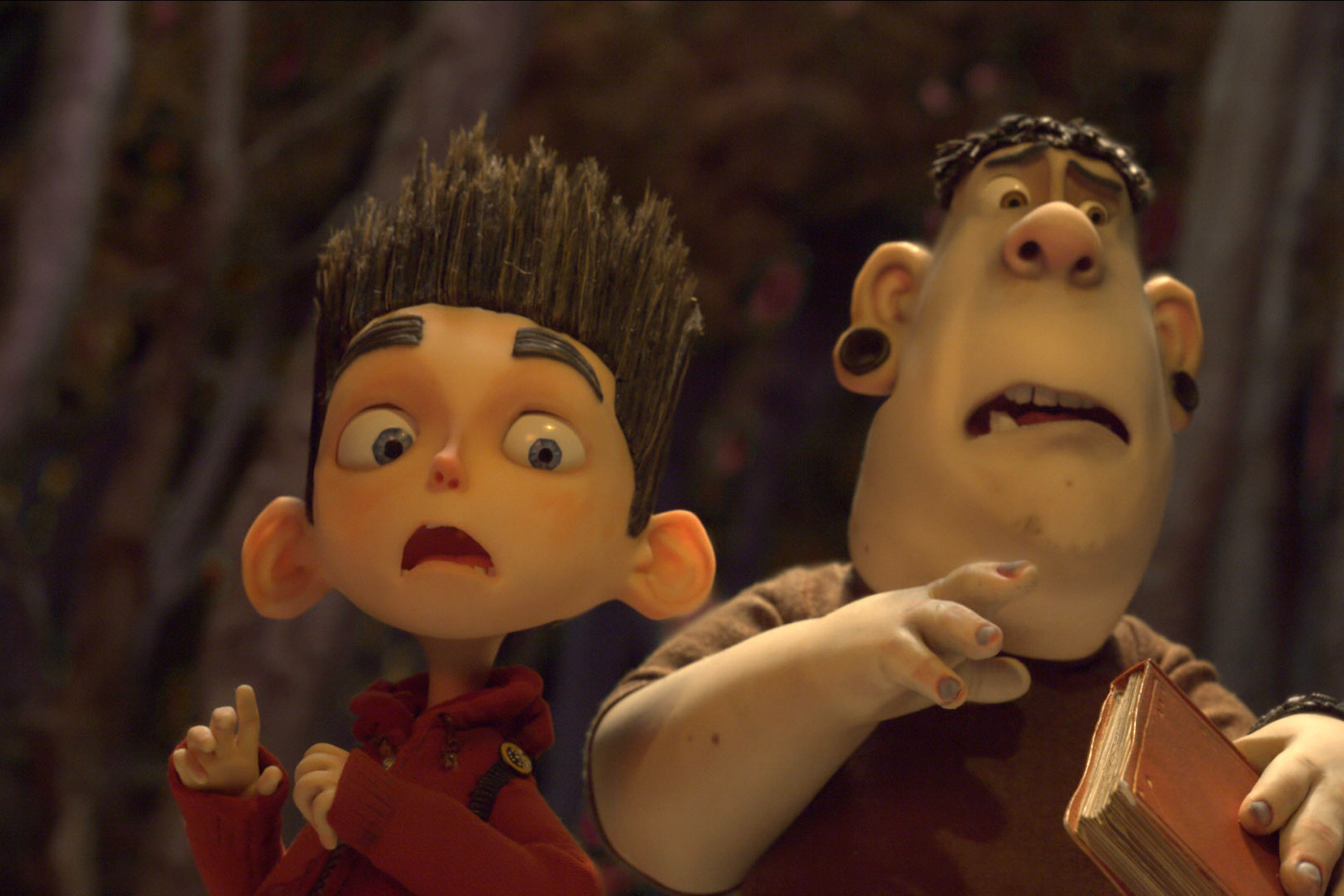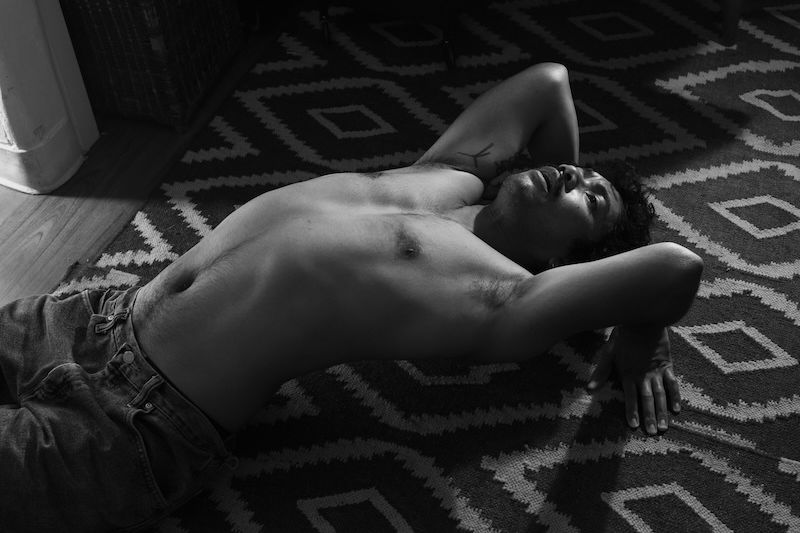What's Next for Portland's Animation Powerhouse Laika?
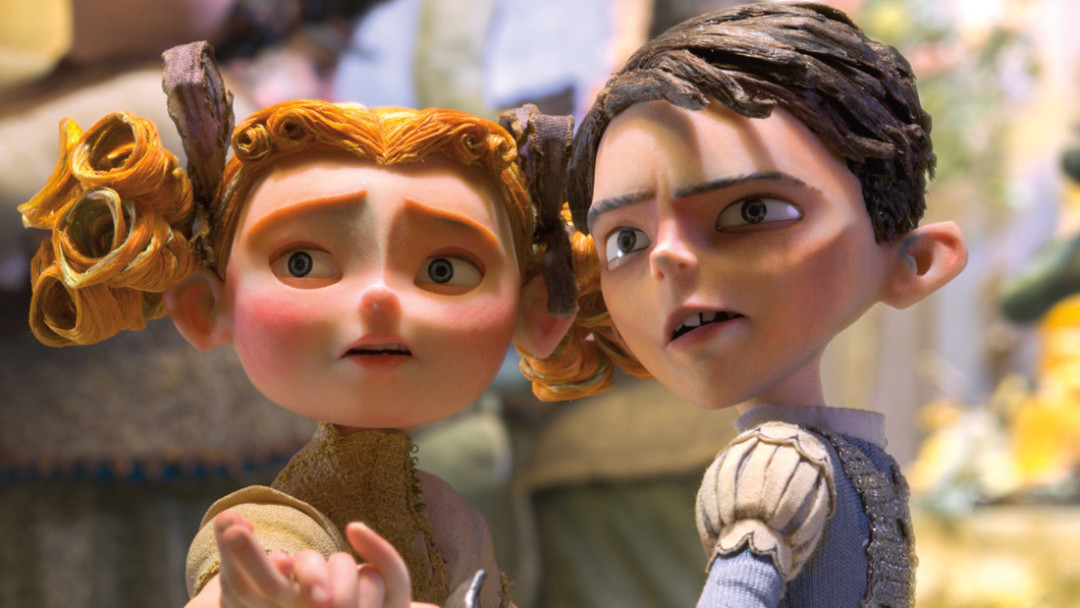
Image: Laika
Micro Moves
- 1 - Frames of footage an animator at Laika’s Hillsboro HQ shoots each time one of the puppets central to the studio’s trademark stop-motion technique is adjusted
- 24 - Frames in a single second of film
- 90 - Seconds of film Laika produces in a peak week of production
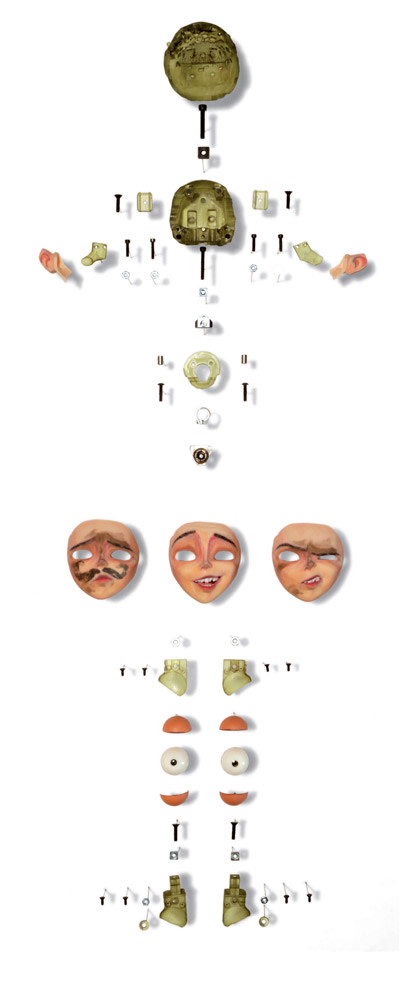
Image: Laika
Behind The Faces
Creating a Laika visage
- The character Eggs (that’s him, whole, at the top of the page), from 2014’s Boxtrolls, had a face assembled from 66 3-D-printed or hand-soldered parts.
- Every screw, hinge, and fastener is built in-house for Laika’s library of custom parts.
- To make a character speak or emote, animators pop out the 3-D-printed face and replace it with a different one—frame by frame—creating the illusion of movement over time.
- Animators move the eyes and eyelids independently.
Evolution of an Art
Coraline (2009)
For Laika’s first feature film, director Henry Selick asks his team to do something no stop-motion animators have ever done: make Coraline’s hair blow in the wind. “That blew the lid off,” says creative supervisor Georgina Hayns. “After that, everything was possible.”
ParaNorman (2012)
With Coraline, Laika harnessed the power of 3-D printing to create puppet faces from computer models, opening up an entirely new palette of subtle facial expressions. For its supernatural-themed second feature, the studio introduces color 3-D printing, meaning artists no longer must hand-paint thousands of tiny faces to reflect characters’ changing emotions. Main character Norman has about 1.5 million possible facial expressions.
The Boxtrolls (2014)
The studio dreams up the “Mecha-Drill”—a massive, flame-shooting, steampunk tank that’s both the film’s central villain and the largest puppet Laika’s created. A computerized rig lifts the contraption forward while an animator adjusts each individual leg, gear, and cog.
The Next one In December, Laika announced Kubo and the Two Strings, the directorial debut of studio CEO Travis Knight. The son of Nike cofounder Phil Knight promises “mystical origami” in a fictionalized, folkloric version of ancient Japan. The production reunites ParaNorman’s writers and—with a certain gaunt star of the first, actually good True Detective season as part of the voice cast—could bring Laika into harmony with “the McConaissance.”
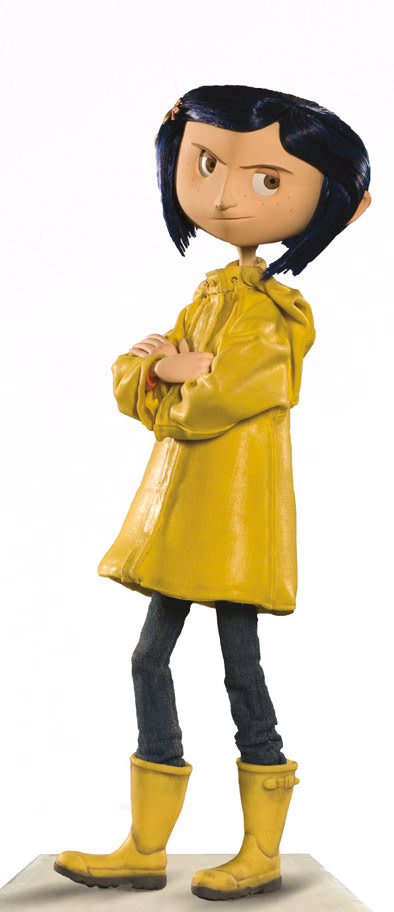
Image: Laika
The Back- Story
1976
Will Vinton, creator of the term “claymation,” founds Will Vinton Studios in Portland.
1986
Vinton Studios debuts The California Raisins as its best commercial.
1998
Travis Knight graduates from Portland State University.
1998
Phil Knight invests $5 million in Vinton Studios. Travis begins as an animation intern.
2002
Founder Vinton is ousted from the company after an expensive foray into television.
2005
Vinton Studios rebrands as Laika, pivots to focus on film.
